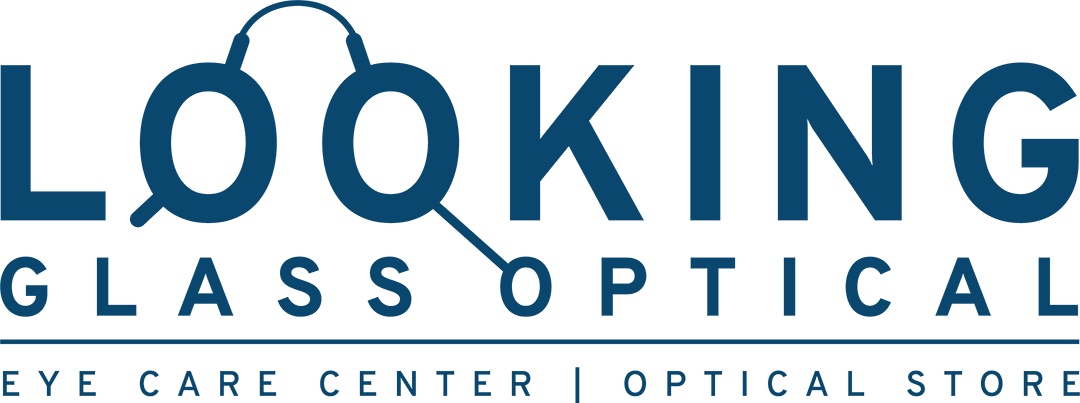Living With Low Vision: Tools, Techniques, and Support
Vision loss, whether a new or progressive issue, can present challenges in your life — but these challenges don’t have to be insurmountable. Having low vision requires making a few changes and reaching out for support from the many tools available. Learn more about living with low vision, how to maintain independence, and lead a fulfilling life.
What is Low Vision?
Low vision refers to having significant incurable eyesight loss that can’t be corrected with lenses or surgery. If you have low vision, you likely have trouble with everyday activities such as:
- Telling colors apart
- Reading
- Recognizing faces
- Driving
- Clearly seeing your television or computer screen
There are several types of low vision, including night blindness, peripheral vision loss, central vision loss, and hazy or blurred vision. These can occur due to eye diseases, congenital conditions, and injuries.
Glaucoma is one of the most common causes of low vision. This disease damages the optic nerve and is usually the result of intraocular pressure. Macular degeneration can also result in low vision. It’s a degenerative condition that damages the part of the retina that gives you sharp, central vision.
You can also suffer low vision from diabetic retinopathy, a complication of diabetes. Diabetic retinopathy damages the blood vessels in the retina, causing vision loss. With vision loss, you can experience issues from glares, blind spots, and, in the most extreme cases, blindness.
Practical Tips for Living With Vision Loss
Just because you have low vision doesn’t mean you have to sacrifice your quality of life or your independence. Here are some crucial practical tips to consider.
- Concoct a Comfortable Living Environment: One of the most important things you can do is make changes to your home environment to make it easier to navigate. Add good lighting to all of the rooms, and don’t hesitate to get more lamps if you need them. Use contrasting colors throughout your home to allow items to stand out. Declutter your space to avoid tripping over objects.
- Use Tactile Markers for Personal Grooming: Personal grooming can be difficult for people with low vision, but you can help yourself by adding tactile markers. Options like raised dots and even sticky labels to differentiate your shampoo bottle from your lotion can be very useful.
- Rely on Contrasting Colors and Texture for Meal Prep: Use cutting boards and utensils with varied textures or colors to prepare your meals efficiently and safely. Large-print timers, including talking ones, can help you keep track of cooking times. Don’t forget tactile markers for your ingredients.
- Stay Connected With Others: Speaking with someone you can’t see well can be challenging, but some tips can help. For instance, it helps to face the person you’re talking to. Additionally, if you use your computer for video chatting, ensure your device has voice recognition and screen-reading capabilities.
Tools for Low Vision
There’s a wealth of tools you can rely on to help you through your days.
- Optical Devices: These are the simplest and most effective tools you can have around your home. They include magnifiers, which quickly allow you to see up close, as well as telescopic glasses, which help you see at a distance. For high-tech lovers, there are electronic magnifiers, too.
- Note-Takers and Braille Displays: Note-taking devices allow you to stay organized without having to squint at a screen. You can write at a comfortable font size, and many come with voice-to-text features. Braille displays can be beneficial if you struggle seeing, giving you access to digital content through Braille.
- Wearable Devices: Wearable devices allow you to navigate your life even more efficiently. Smart glasses, for example, can magnify objects, display information about them, and make navigating your environment easier.
Ensuring You Have Support
Having low vision can often lead people to isolate because they may not want to burden others with what they’re going through, or they may not feel comfortable being social. However, it’s essential that you have support.
Speaking with counselors or therapists is always a good option, and you can join many support groups both online and in person. These groups allow you to hear from others who are going through similar issues so that you feel less alone. It’s also important to speak with friends or family on a regular basis.
Crucially, you need to visit your optometrist every few months, especially if you notice changes in your eyesight. They will be able to offer further tips and provide an additional level of support.
Your Eyes Don’t Have to Stop You
Living with low vision is a challenge, but you can make the necessary adjustments in your life that allow you to live as you want. At Looking Glass Optical, we provide the guidance and care you need if you’re struggling. We’re a family-run optometry clinic that provides the reliable and compassionate care you deserve.
If you’ve been struggling with your sight but aren’t sure if you have low vision, we can help make sense of it all. We’ll perform the necessary exams and provide the answers that can show you the path forward.
Looking for answers? Looking Glass Optical can help. Contact our team today to schedule a visit.
Share
